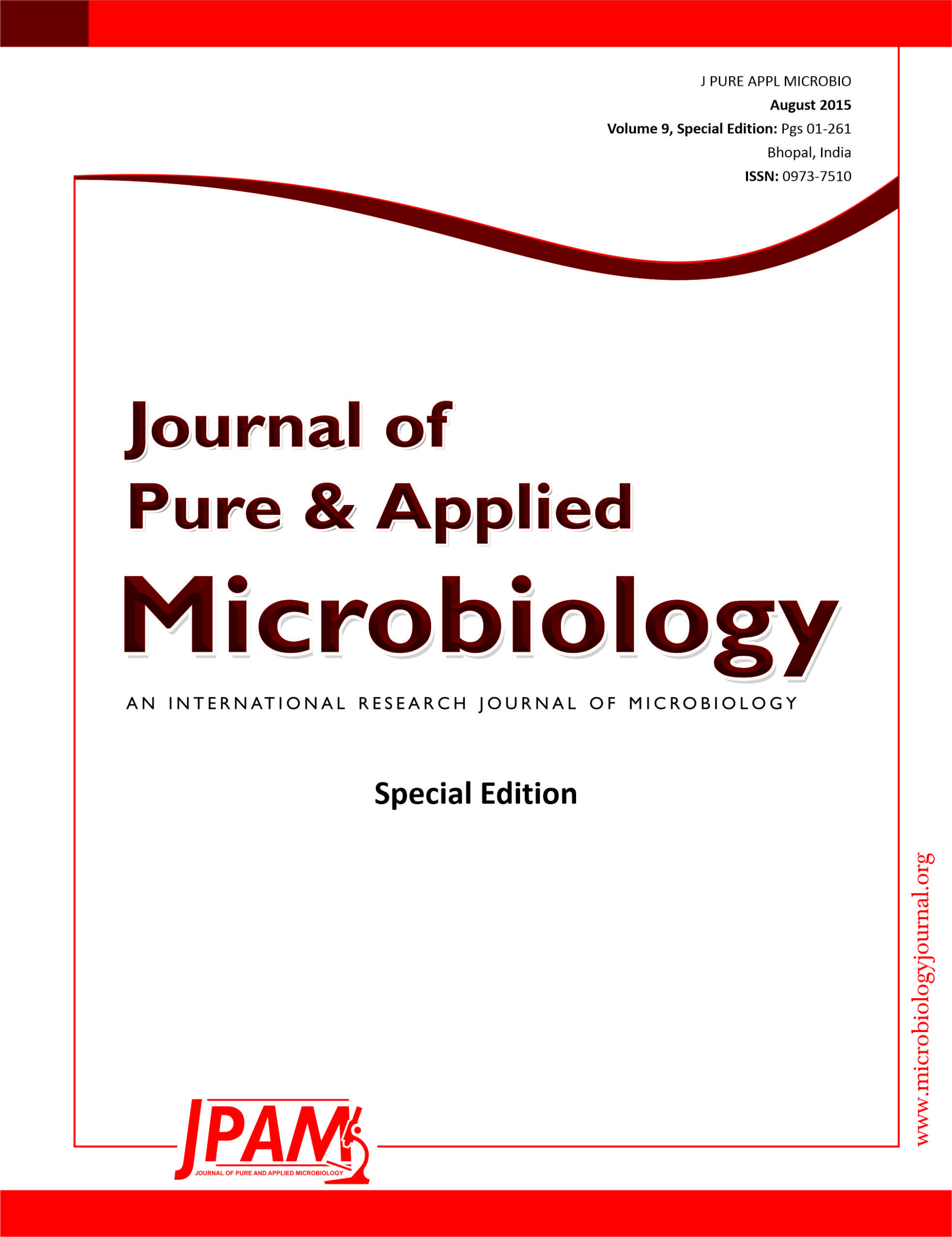The knee is one of the largest and most complex joints in the body. The knee joins the thigh bone (femur) to the shin bone (tibia). The smaller bone that runs alongside the tibia (fibula) and the kneecap (patella) are the other bones that make the knee joint. Manual Material Handling (MMH), especially lifting, poses a risk to many and considered the prime cause of back pain and various other joint impairments. This in turn leads to increased worker compensation and loss of productive man-hours. Approximately one third of all jobs in industry involve MMH. Knee pain is one of the most prevalent and costly work related injure. The study of the Knee image during lifting of loads, the amounts of weight the man can safely lift are the areas concentrated on by Ergonomists. A biomechanical model of knee image has been developed, that can optimise the lifting posture for minimum effort. The model has been validated with practical data available from literature. This model can also be used to predict the lifting capabilities of individuals. This will be of great help to industrial managers for designing manual lifting tasks. A finite element model to study and analyse the stresses on Knee joint has also been developed. The effort to be taken for in vivo and in vitro data collection and analysis are reduced considerably in the finite element modelling.
Finite Element Analysis, Knee bone image, Ansys
© The Author(s) 2015. Open Access. This article is distributed under the terms of the Creative Commons Attribution 4.0 International License which permits unrestricted use, sharing, distribution, and reproduction in any medium, provided you give appropriate credit to the original author(s) and the source, provide a link to the Creative Commons license, and indicate if changes were made.


